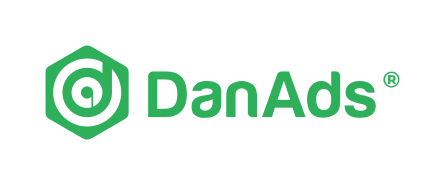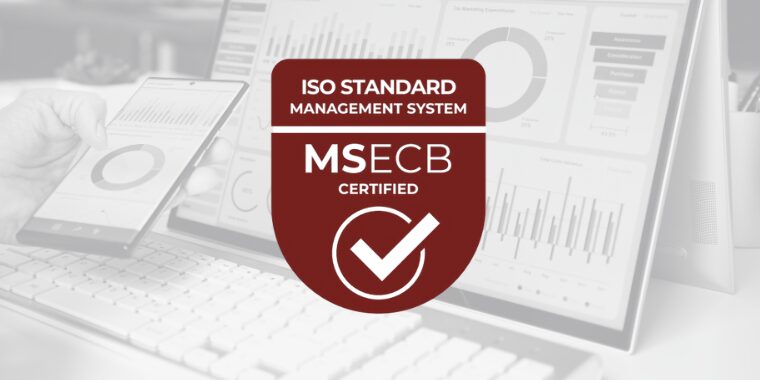Publishers today have a lot to gain by leveraging the benefits of using digital Ad self serve platforms for the sale of inventory and management of Ad Operations. Using a self-service platform significantly streamlines the Ad operations, resulting in efficiency gains for Ad deliveries and bookings, and also opens up entirely new demand channels to sell your inventory.
There are however some items you should consider to ensure success when offering a self-service platform for small and medium business clients.
At DanAds, we talk every day with Media companies and Tech companies based in markets all over the world, who haven’t been oblivious to the success Facebook and Google have enjoyed with Ad self-services for over 10+ million small and medium business, and now wish to also tap into this winning formula.
The question these Media and Tech companies then ask themselves is “How can we find profitable ways to sell advertising to SMBs?†The answer is, Self-service!
At DanAds, we’ve identified six prioritized areas which you need to consider to ensure that you’ll reach your full Ad business potential with a self-service platform.
1) Have a clear and defined Go to market-strategy
Know your clients, and make sure you know what they are looking for and what kind of business interest they have. It might be deep targeting or bundled packages over multiple platforms (Mobile, Desktop or Print). Work with advertisers in focus groups before launching the platform, and don’t be hesitant to dedicate time and resources to doing A-B testing.
2) Easy platform Interface and onboarding
Make sure your Advertisers understand the onboarding experience and make the UI/UX as intuitive as possible for the Advertisers, so they prefer using the platform instead of calling your sales organization. All information and functionality should be presented in a way, so the advertisers prefer coming back and follow their campaign success daily. To achieve efficiency-savings in Ad operations, it is also critical to automate as much as possible of the onboarding process, handling registration and payments through digital services, as well as client support.
3) Creative templates or Native Ads
Make sure the advertisers can build creatives for all channels in the platform. Create a setup with easy-to-use and pre-set templates. Having a crop tool functionality implemented in the workflow reduces the complexity for Advertisers in image creation and upload, as well as image categories, which ensures the advertisers don’t need to leave self-service platform workflow for production of their creatives.
4) Reporting
Ensure that all Booking and Ad campaign data is reported in real-time and make reporting of data interactive for Advertisers so they can easily track the progress of their campaigns, and form decisions based on these reports. All the most essential Ad and campaign figures should be visualized in a dashboard, and the platform should be able to schedule and generate automated reports over the campaign period.
5) Targeting
Have the capability to offer granular targeting keys, such as geo-location on a city and postal code level, product categories and nestled sub-product categories, so Advertisers can quickly pinpoint and target customer segments specifically relevant for them.
6) Managed service
By using a distributed service self-service platform, you’ll benefit from receiving constant upgrades to the platform and roll-out of new features, ensuring that your self-service platform is always at industry forefront, offering you and your Advertisers the most efficient and technically advanced way of selling and buying ads.
If you want to know more about how you can take your ad business to the next level with self-service ad platforms, we at DanAds are happy to assist you. We have been working with Tech publishing and Media companies located all over the globe for the last ten year, and during this time we’ve accumulated enough experience and lessons learned to make sure you can hit the ground running!





